The Walking Dead: Daryl Dixon
9pm, Sky Max
Here we go again with the third season of this spin-off from The Walking Dead – and Daryl (Norman Reedus) and Carol (Melissa McBride) have reached London. The good thing about a zombie apocalypse is that…

9pm, Sky Max
Here we go again with the third season of this spin-off from The Walking Dead – and Daryl (Norman Reedus) and Carol (Melissa McBride) have reached London. The good thing about a zombie apocalypse is that…
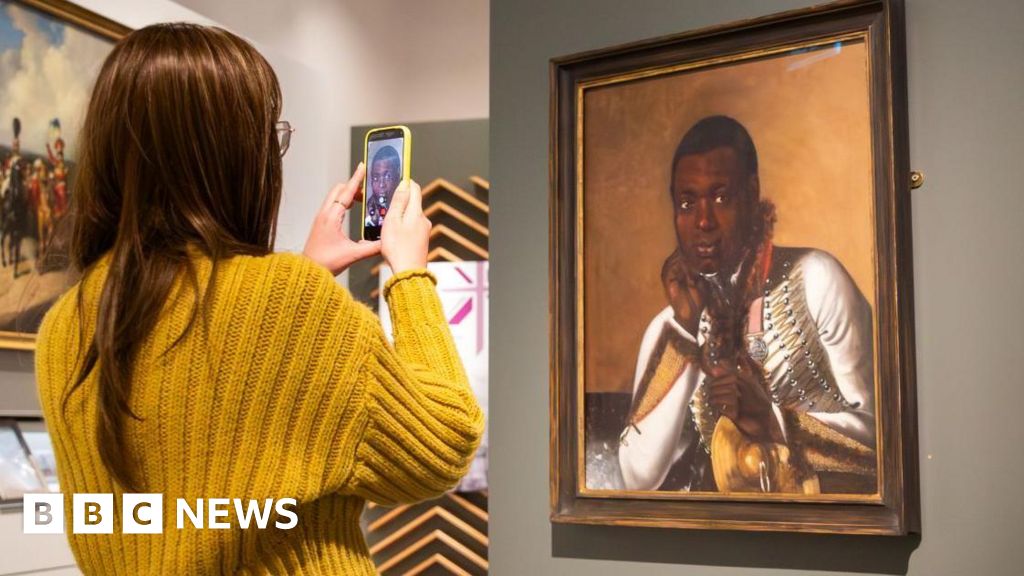
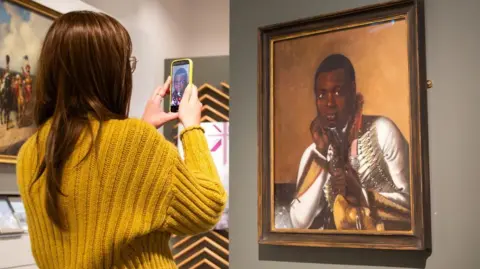 National Army Museum
National Army MuseumArt experts believe they have solved the mystery of a portrait of a previously unidentified black solider that hangs in the National Army…
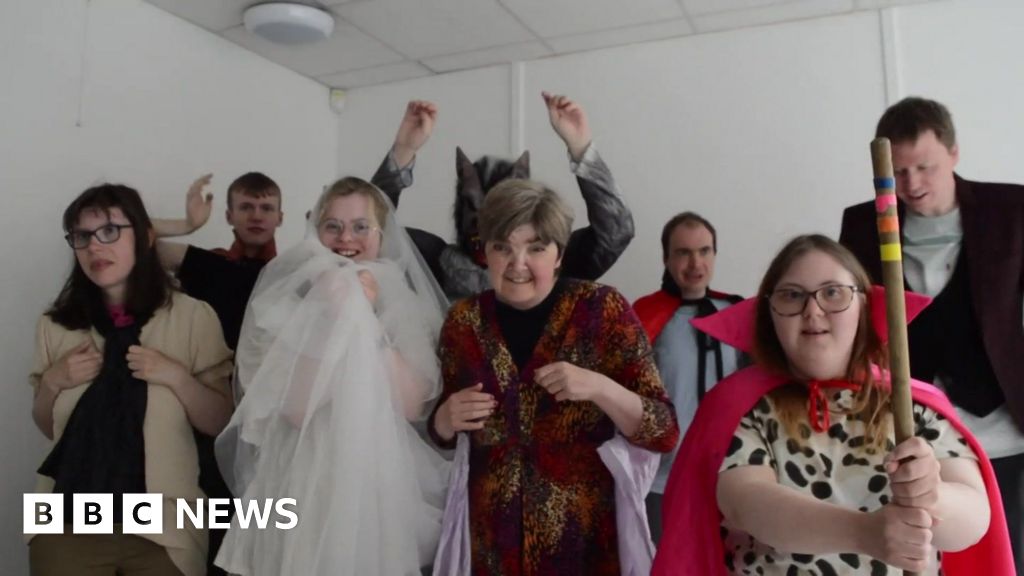
Alison FreemanNorth East and Cumbria
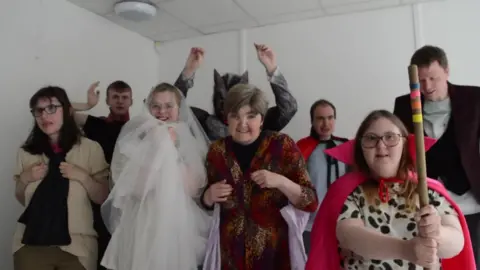 BBC
BBCFilms giving people with learning disabilities a “time to shine” are to be celebrated at an awards ceremony.
The third annual…
6:00 a.m. EST
Slowly but surely, the group begins to make moves toward our gate. Dispirited by the length of the line for the elevators, we opt to carry our suitcases down the stairs—a grave mistake. We really need to start working out more….
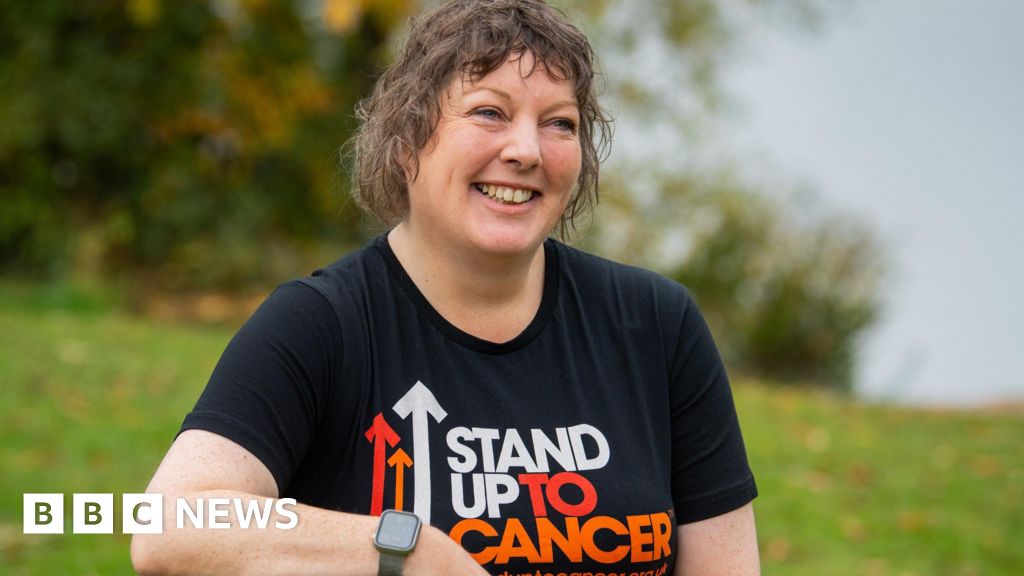
Matt Taylor,East Midlands and
Rob Sissons,East Midlands health correspondent
 Supplied
Supplied“I can’t die, I need to be here for my…
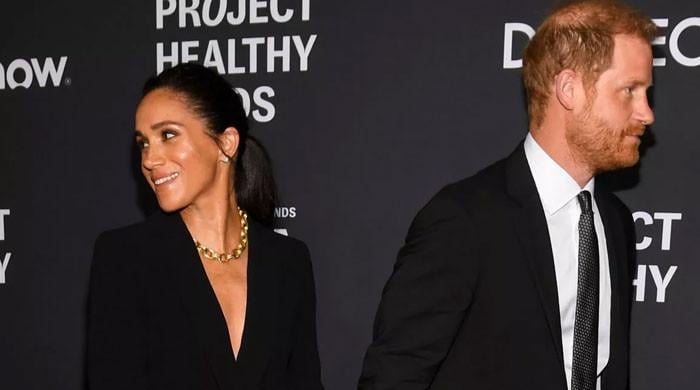
Meghan Markle has imposed a “no-touch” rule on Prince Harry during public outings after being left embarrassed by his playful gesture at a…
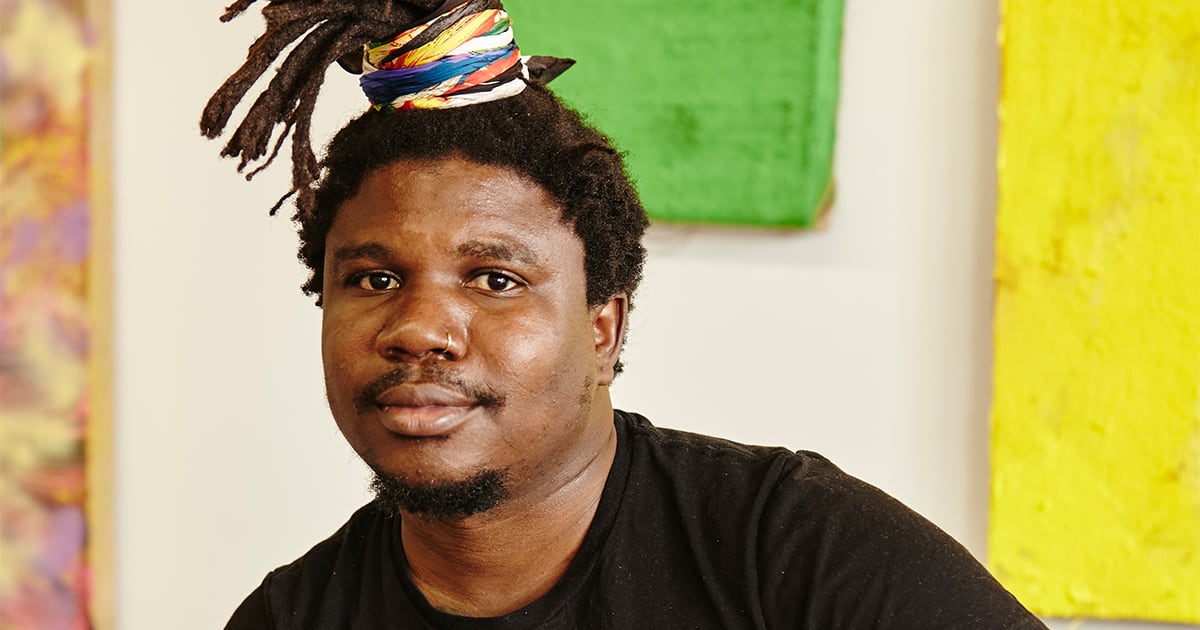
LONDON — When the artist Alvaro Barrington was coming up in New York’s 90s hip-hop scene, he and his friends obsessed over top five lists: “In the neighbourhood, all anybody talked about was, ‘Who’s the top five rappers? Who’s the top…
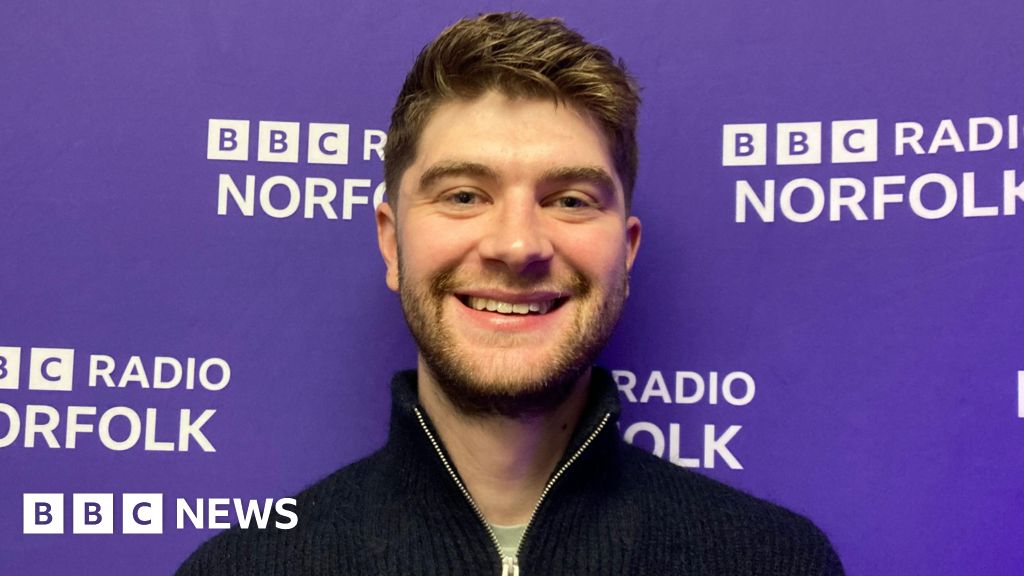
Neve Gordon-FarleighNorfolk
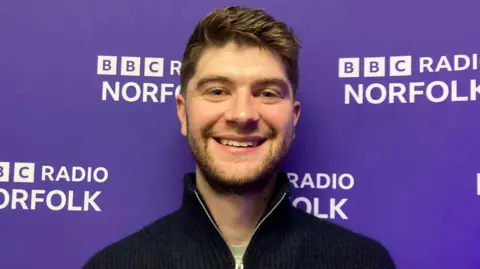 Alex Arnold/BBC
Alex Arnold/BBCA TikToker who hopes to promote and shoutout “hidden gems” of…
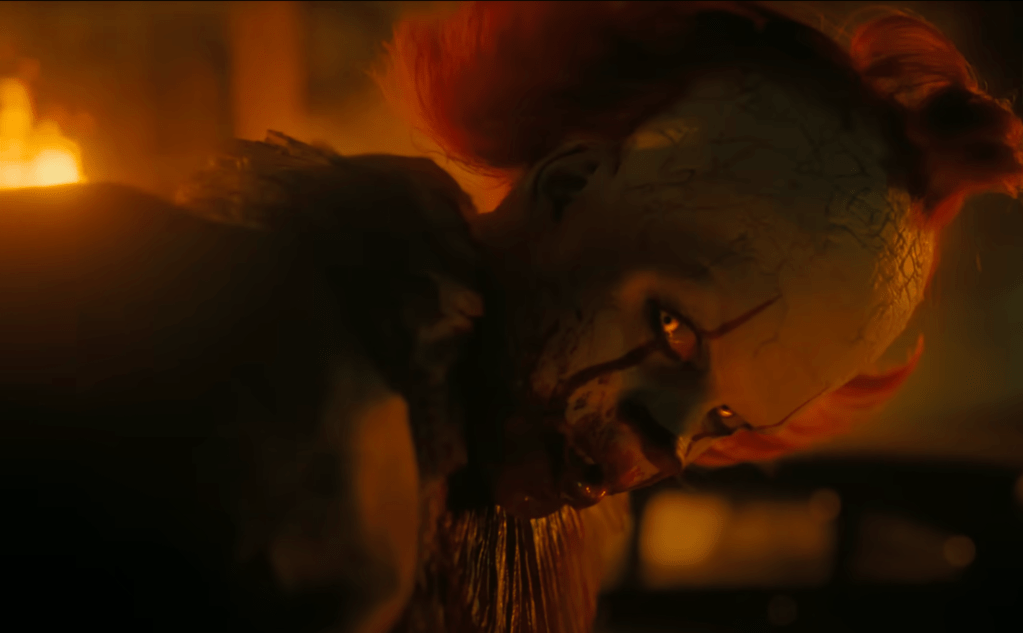
Pennywise, the world’s creepiest clown, is returns to the screen in HBO Max’s IT: Welcome to Derry.
What started out as an idea for a movie ended up as a nine-part series. As with the films, the inspiration is Stephen King’s…